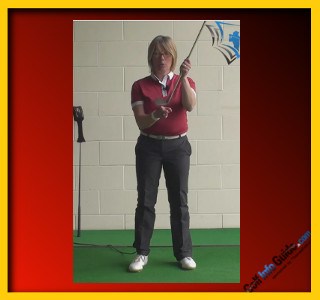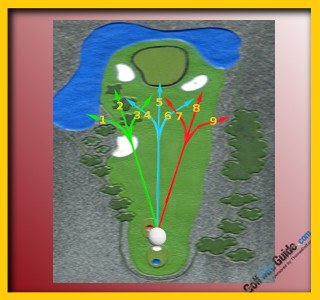
To be able to correctly diagnose your faults and be able to find the most efficient way of correcting those faults, you must first be able to correctly diagnose your ball flight.
Golfers often misunderstand what their golf ball is doing in the air and how their shot should be correctly described. Without fully understanding what the ball is doing, it can be very difficult to understand what the golfer is doing to create this issue.
By technical definition a slice is a golf ball that starts to the left of the target for the right-handed golfer and curves to the right of the target and finishes off line to the right. And conversely, the hook by technical description, is a ball that starts to the right of the target for a right-handed golfer and turns left in the air to finish left of the target.

The most important thing to notice when trying to diagnose your ball flight is where the ball starts its flight and which direction it curves. If a golfer can understand that the club face position will dictate up to 85% of the golf balls initial start direction, they will more accurately understand where the club was at impact and how they can make adjustments to their swing to improve their results. The path that the club is swinging on is responsible for roughly 15% of the golf ball's initial direction.
The difference between the path and the face is responsible for the spin that is placed on the golf ball and the amount of curvature that can be seen in the ball flight. Any difference between face angle and swing path will cause the back spin axis of the golf ball to be tilted, which will result in a curvature of flight. Often golfers refer to this as side spin.
Achieving a balance between the swing path and the club face position at impact is imperative to been able to control the direction and spin that is placed on the golf ball. Next time you are at the practice ground, take very careful note of your golf balls initial start direction and then the curvature that is noticeable on the ball fight. This will help you diagnose your impact factors.






